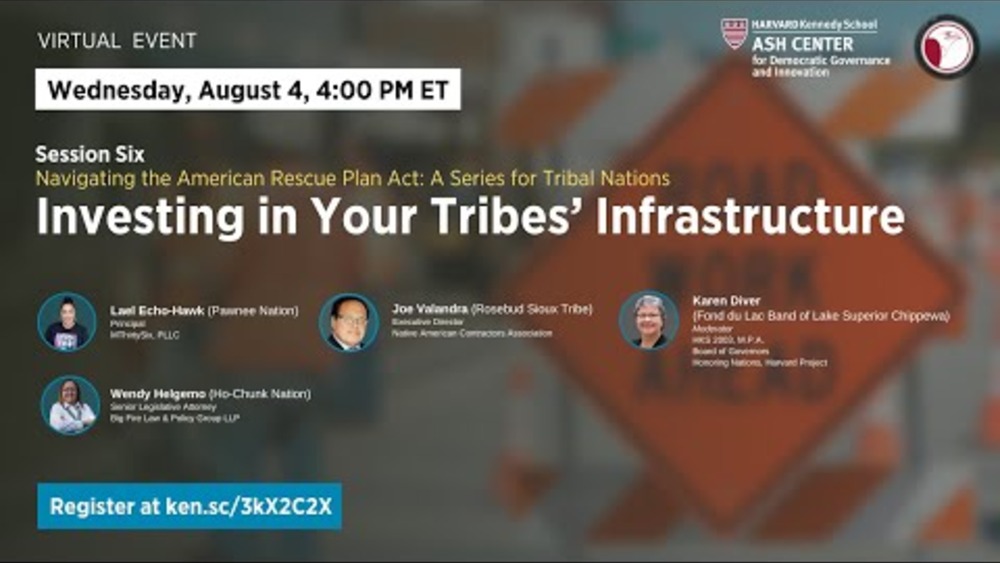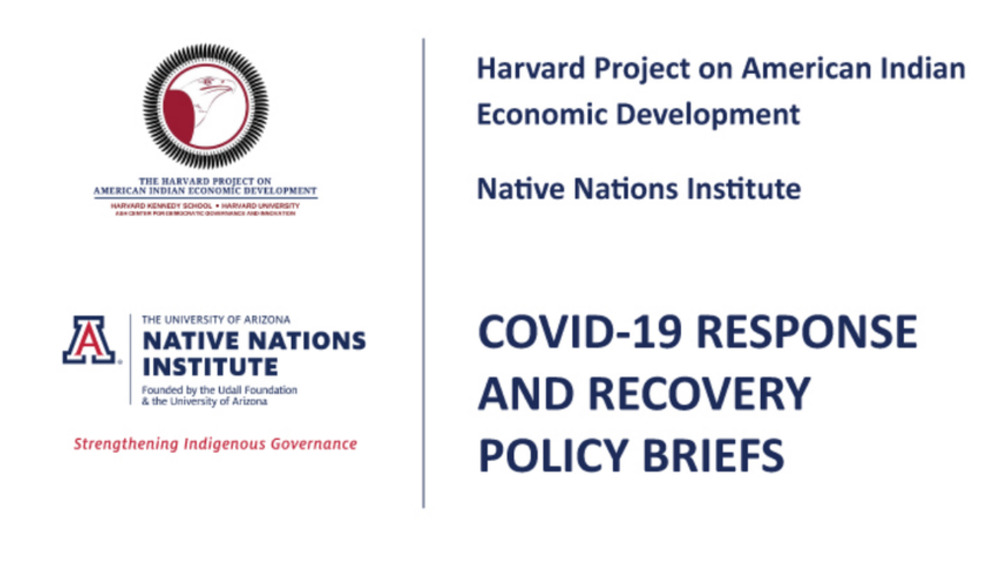From setting tribal priorities to building infrastructure to managing and sustaining projects, the American Rescue Plan Act (ARPA) presents an unprecedented opportunity for the 574 federally recognized tribal nations to use their rights of sovereignty and self-government to strengthen their communities. As the tribes take on the challenges presented by the Act, the Ash Center’s Harvard Project on American Indian Economic Development is hosting a series designed to assist tribes, to help tribes learn from each other and from a wide array of guest experts.
During this session, the seventh in the series, following a round of discussion between the panelists, a brief Q+A session will be held to maximize the opportunities for audience participation. This session, titled "Direct Relief for Tribal Citizens: Getting beyond Per Caps" will feature:
- Rodney Butler, Chairman, Mashantucket Pequot Tribal Nation
- Cathy Chavers, Chairwoman, Bois Forte Band of Chippewa
- Miriam Jorgensen, HKS 1991 MPP 2000 PhD, Research Director, Native Nations Institute, University of Arizona
- Kevin Killer, President, Oglala Sioux Tribe
- Karen Diver, Moderator, HKS 2003 MPA, Board of Governors, Honoring Nations, Harvard Project
Presentation slides: Strategic Dimensions of Revenue Distribution | Additional Resources
Additional Information
"Direct Relief for Tribal Citizens: Getting beyond Per Caps." Harvard Ash Center. September 8, 2021. Livestream. (https://www.youtube.com/watch?v=V15ZCcoOrl0, accessed May 30, 2024).



